What is the tolerance range of precision screws?
What is the tolerance range of precision screws?
Service Hotline
+86760-8787 8587We have more than ten years of production experience in the screw industry, the main products are: small outer diameter washer, with spacer bolts, 201 cap nuts, star handle screws, stainless steel adjusting bolts, flat head Phillips screws, the model can be made according to customer needs, nuts, Stainless steel thickened gasket, copper cover female GB923, core screw, Wenzhou nut, fine and coarse hexagonal nut, GB1337 hexagonal self-locking nut, toothed belt pad to prevent loosening, flat head cylindrical rivet nuts and other fasteners, due to the product The materials and specifications are different, and the prices are also different. Please contact us if you need it.


The retaining ring is an industrial accessory that can function as support, buffering, braking, height adjustment and angle adjustment. The inner diameter of the retaining ring for the shaft is slightly smaller than the diameter of the assembly shaft. When the retaining ring for the hole is selected, the outer diameter of the retaining ring is slightly larger than the diameter of the assembly circular hole. The retaining ring mainly plays the role of axial fixation. The surface plus the retaining ring is fixed with a high degree of centering.
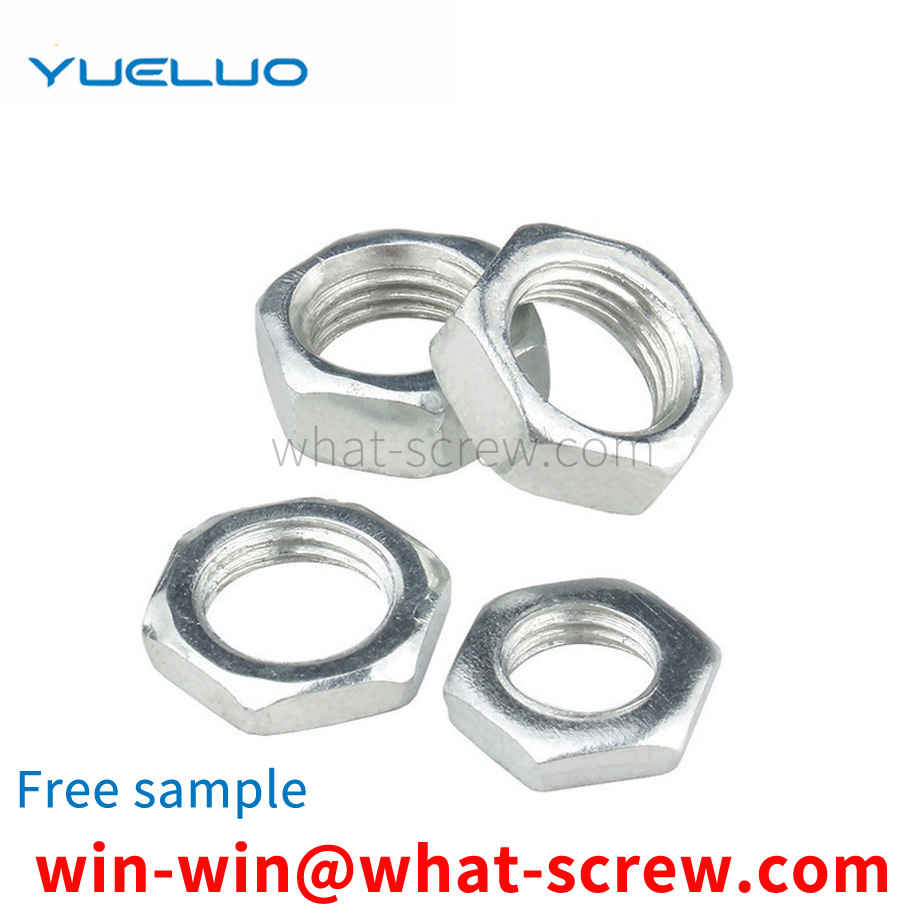
Stainless steel screws are classified into austenitic stainless steel, ferritic stainless steel, martensitic stainless steel, and precipitation hardening stainless steel. The selection of stainless steel screws is also based on principles. Where to start, let you choose the stainless steel screws you need. After comprehensive and comprehensive consideration of these five aspects, the grades, varieties, specifications and material standards of stainless steel screws are finally determined. Austenitic stainless steel: the most basic alloying elements of austenitic stainless steel are chromium and nickel. The grade is a chromium-nickel austenitic stainless steel with a chromium content of about 18% and a nickel content of about 8%, often called 18-8 stainless steel. The element ratio of chromium and nickel basically ensures that the structure of the steel is stable austenitic ferritic stainless steel: 430 type ordinary chromium steel, its corrosion resistance and heat resistance are better than 410 type, magnetic, but it It cannot be strengthened by heat treatment, and is suitable for stainless steel screws with slightly higher corrosion resistance and heat resistance and general strength requirements. Martensitic stainless steel: Type 410 and 416 can be strengthened by heat treatment, with a hardness of 35 to 45HRC, and good machinability. They are used for general-purpose heat-resistant and corrosion-resistant stainless steel screws. Type 416 has a slightly higher sulfur content and is a free-cutting stainless steel. Type 420, sulfur content? R0.15%, improved mechanical properties, can be strengthened by heat treatment, maximum hardness value of 53 ~ 58HRC, used for stainless steel screws requiring higher strength. Precipitation hardening stainless steel: 17-4PH, PH15-7Mo, they can get higher strength than the usual 18-8 type stainless steel, so they are used for high-strength, corrosion-resistant stainless steel stainless steel screws. A-286, a non-standard stainless steel, has higher corrosion resistance than commonly used Type 18-8 stainless steels, as well as good mechanical properties at elevated temperatures. Used as high-strength, heat-resistant, corrosion-resistant stainless steel screws, can be used to 650 ~ 700 ℃. Austenitic stainless steel: The commonly used models are 302, 303, 304, and 305, which are the so-called 18-8 austenitic stainless steels. Both corrosion resistance and mechanical properties are similar. The starting point of selection is the production process method of stainless steel screws, and the method depends on the size and shape of stainless steel screws, and also depends on the quantity of production. Type 302 is used for machined screws and self-tapping bolts. Type 303 In order to improve machinability, Type 303 stainless steel is added with a small amount of sulfur and is used to machine nuts from bar stock. Type 304 is suitable for hot heading stainless steel screws, such as longer gauge bolts, large diameter bolts, which may be beyond the scope of the cold heading process. Type 305 is suitable for cold heading processing of stainless steel screws, such as cold formed nuts, hex bolts. Type 309 and Type 310, their Cr content and Ni content are higher than 18-8 type stainless steel, suitable for stainless steel screws working at high temperature. Types 316 and 317, both of which contain the alloying element Mo, have higher high temperature strength and corrosion resistance than 18-8 type stainless steel. Type 321 and Type 347, Type 321 contains a relatively stable alloying element Ti, Type 347 contains Nb, which improves the intergranular corrosion resistance of the material. It is suitable for stainless steel standard parts that are not annealed after welding or serve at 420~1013℃.
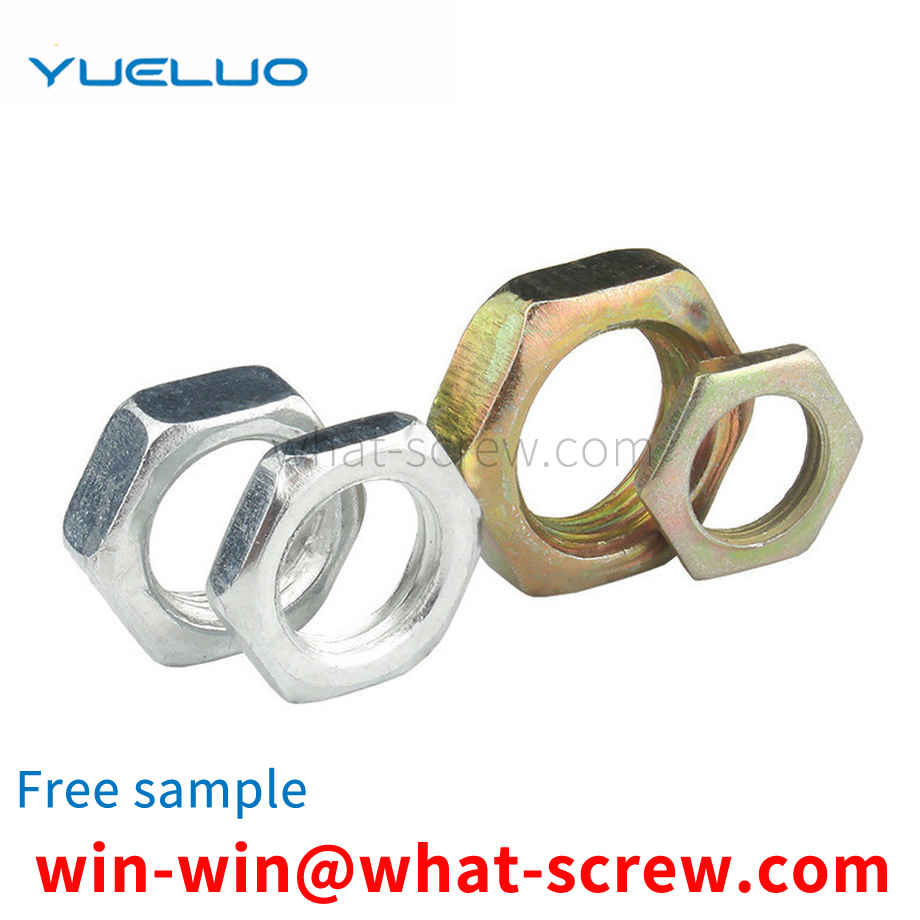
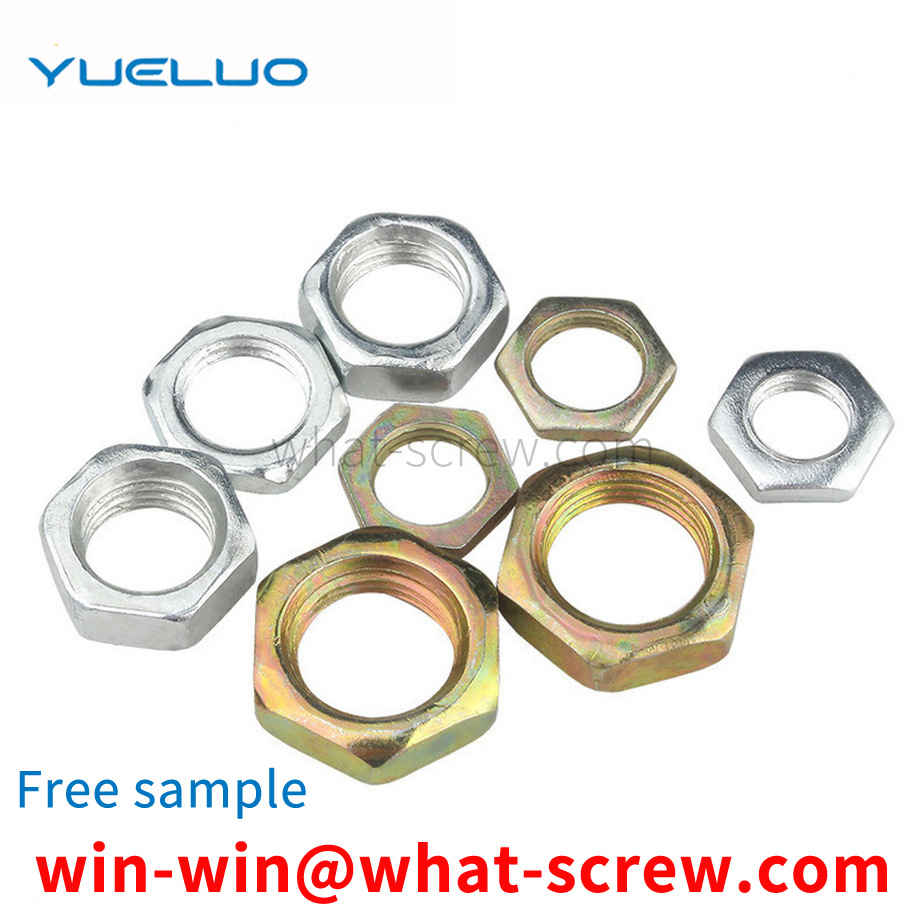
Guangdong Yueluo Hardware Industry Co., Ltd. was founded in 1998, and the factory was established in Feilong Industrial Zone, Xiaolan Town, Zhongshan City, Guangdong Province, with an investment of 10 million yuan. The main production is a variety of national standard, non-standard, British, American, metric screws. Mainly include: special screws for the electronics industry (machine screws, self-tapping screws, special screws): nuts (general nuts, flange nuts, external teeth nuts): Washers (external teeth, internal teeth, flat springs) Gaskets, etc.); lathes (precision automatic lathe parts, connecting parts, embedded parts, fasteners, decorative parts, etc.).
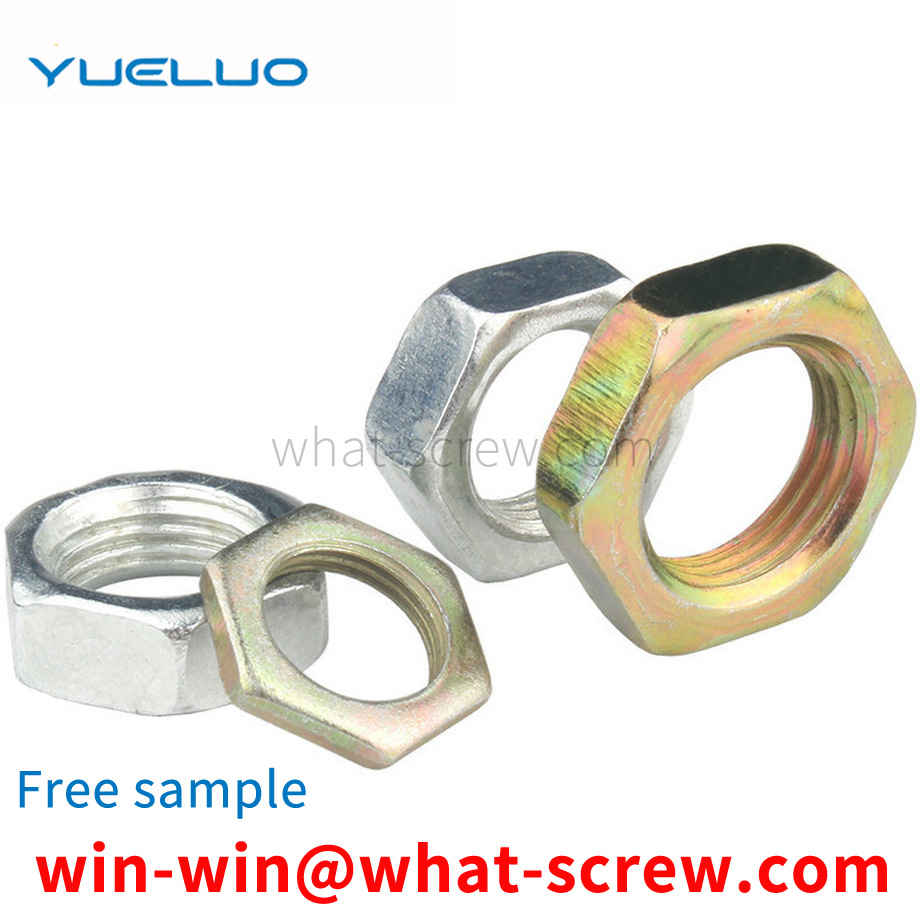
Nut fasteners are used in various industries with connection and fastening requirements, such as vehicles, construction machinery, agricultural machinery, manufacturing machinery, etc. For large construction machinery or construction vehicles, due to the harsh working environment and the action of heavy loads, the nut fasteners on it are subjected to vibration and load impact in all directions, which makes the nut easier to loosen, resulting in tightening. The function of the device is reduced or even failed. cause a great safety hazard.
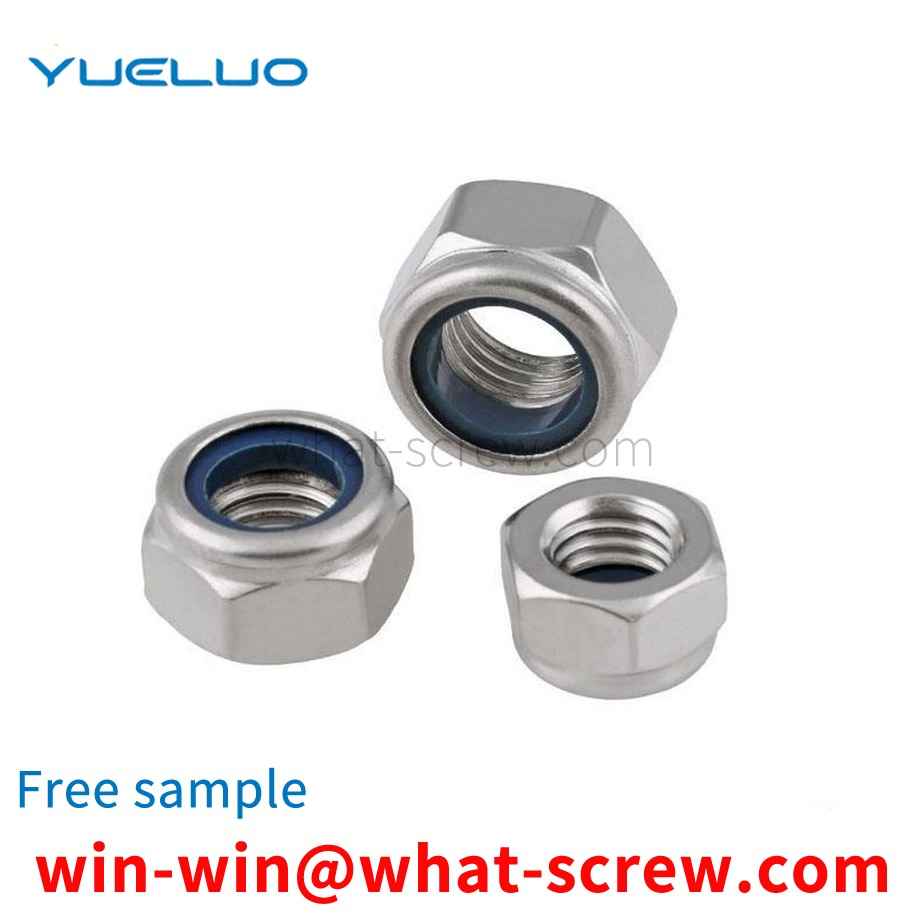
The above content is uploaded by Yueluo or the Internet. If there is any copyright issue, please contact [email protected].

What is the tolerance range of precision screws?

How to choose the right stainless steel screw manufacturer?

Why is there an R angle under the head of the hexagon head s...

We have more than ten years of experience in screw industry ...

We have more than ten years of experience in screw industry ...

We have more than ten years of experience in screw industry ...

We have more than ten years of production experience in the ...